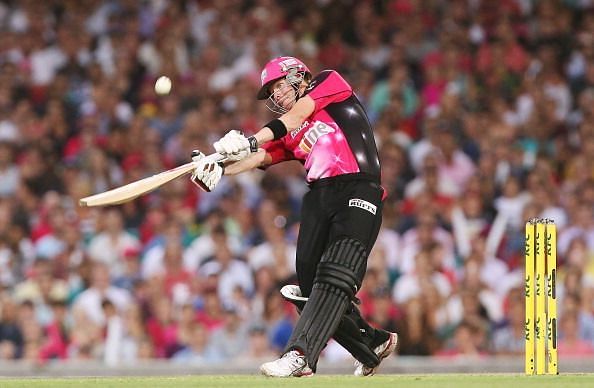
The long and the short of the BBL's eighth edition
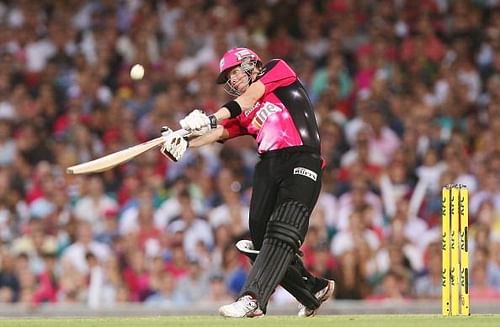
The eighth edition of the KFC Big Bash League (BBL08) enters its final stage this week. Three teams – Hobart Hurricanes, Sydney Sixers and Melbourne Renegades – are through to the semi-finals while the fourth spot would be decided during the course of this week in an interesting toss-up between four teams.
BBL08 is the first in the history of the BBL in which the eight teams have taken on each other in a full double round-robin structure leading to 56 league games. This is exactly twice that of the inaugural season in 2011-12 which had 28 games.
In the succeeding five seasons till 2016-17, the tournament was expanded to 32 league games with the Melbourne and Sydney derbys slotted in as marquee games. In the seventh edition in 2017-18, the number jumped to 40 before the drastic increase to 56 in the ongoing edition.
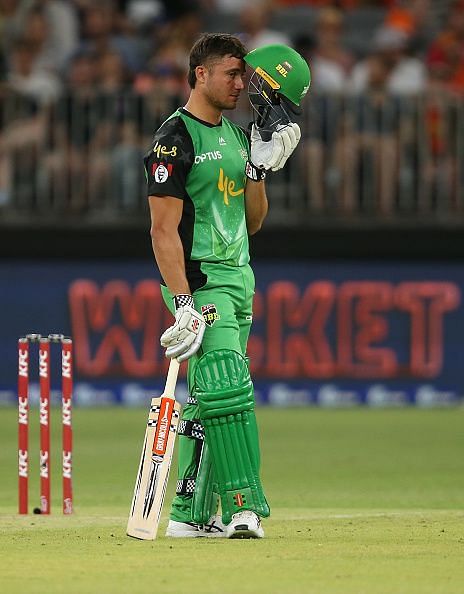
The expansion of the BBL has come in for criticism from players and fans alike. Prominent among the players voicing their criticism is Brisbane Heat skipper Chris Lynn who expressed that the tournament just dragged on. While the earlier editions were scheduled in such a way as to conclude before the second week of February, BBL08 is slated to end on Feb 17 by which time schools and offices resume duty after vacations.
Lynn’s comment has been viewed in some quarters in the context of the performance of Brisbane Heat which has seen its fortunes bottoming out before rising in the past few weeks. Lynn's team now finds itself in the race for the 4th spot. However, he concedes that the Melbourne Stars, who were having a successful run then, too second his views.
It would be imperative to ask Lynn if he would feel the same about the IPL. Sydney Sixers captain Moises Henriques begs to differ with Lynn in what was this season’s second disagreement of his with a Heat player, the first one being the blunting of McCullum’s criticism of Sydney Thunder asking for full points to be awarded after the game curtailed due to floodlight failure at the Gabba.
Henriques supports the expanded BBL’s scheduling style that incorporates sufficient rest breaks and successive home games. He even expressed that the IPL slots 14 games in lesser time than the BBL and that players who have not played the IPL would need time to adapt to the expanded BBL.
Fans, however, disagree stating that the IPL happens at the end of India’s domestic season, is not sandwiched between two rounds of the first-class competition and starts and ends during summer vacations. Therefore, is the expanded BBL good for Australian cricket?
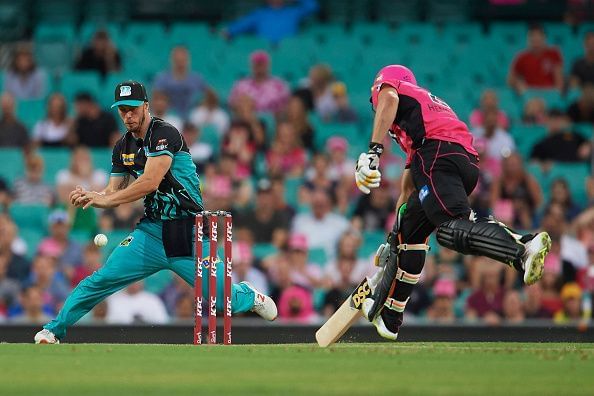
The expanded league offers scope for conducting matches in second tier venues. The 2017-18 edition saw matches in Geelong and Alice Springs which doubled up as the home venues for the Melbourne Renegades and Adelaide Strikers respectively.
The current edition had several teams playing at a ‘second home’ - Brisbane Heat at the Metricon Stadium (Carrara Oval) in Gold Coast, Sydney Thunder at the Manuka Oval in Canberra, Hobart Hurricanes at UTAS Stadium in Launceston and Melbourne Stars at Ted Summerton Reserve in Moe – all of which saw the crowds cheering for their respective home teams and lapping up the cricket atmosphere.
New international venues have forced a paradigm shift in the thinking of the state cricket boards. With the Manuka Oval becoming Australia’s most recent Test venue, stakes are high for Sydney Thunder to treat it as good as its first home, the Sydney Showground. In the far west in Perth, the Optus Stadium has a fast growing reputation in all of Australia, trumping even the iconic MCG as a fan favorite in an Australian Football League survey.
Competition between different venues leads to better quality of in-stadium experience and fills more and more seats. Future league expansion could envisage the entry of teams from probably the Australian Capital Territory and Northern Territory, offering scope for the respective grounds to grow in prominence.
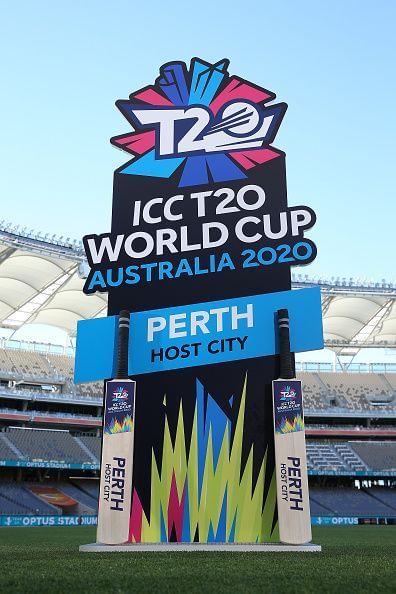
There is the idea of increasing the number of foreign players in the playing XI from two to three or four. This view is prompted by the scheduling of other teams’ international games at the same time as the BBL. While this step would mean one or two fewer local Australians, it offers the possibility of better workload management and fresher players for the final few rounds of the Sheffield Shield.
The criticism of BBL08 is more pronounced in the wake of Australia’s horrid home season that saw them lose to India in all three formats. Cricket Australia is being blamed for putting commercial interests from T20 at the cost of first-class tradition and legacy. Increasing the number of double headers presents an optimum case for keeping the expanded BBL expanded and for not adopting panic measures by returning to fewer games.
More games will help develop T20 specialists. This is a formula that saw the international team reaching the finals of the 2010 World T20, and would definitely help in 2020 in their quest for the only ICC Trophy that is yet to adorn their shelf.